

What usually happens when you cut up a piece of fruit to eat or to put in a salad? If it is an apple, a pear, a peach or a plum, you probably cut out the seeds and put them in the compost bin ...
READ MORE

Scientists divide plants into two main groups depending on whether they reproduce by seeds or spores. Rights: University of Waikato. All Rights Reserved. Bean seed embryo After fertilisation, a ...
READ MORE

In this activity, students learn how to grow plants from spores, bulbils, rhizomes, stolons, tubers or cuttings. By the end of this activity, students should be able to: discuss one way of ...
READ MORE

In this activity, students take on the role of flower parts and act out the process of insect pollination By the end of this activity, students should be able to: understand that pollination ...
READ MORE
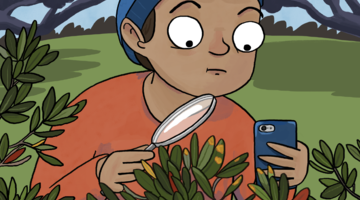
Myrtle rust is a serious biosecurity threat, and help is needed to monitor its spread. This citizen science project aims to gather information on the location, hosts and intensity of this fungal ...
READ MORE
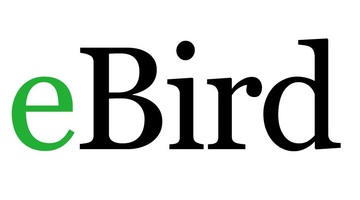
This comprehensive worldwide online citizen science (OCS) project collates bird species, numbers, locations and times of sightings into a large database. You can create a class as a user and, by ...
READ MORE
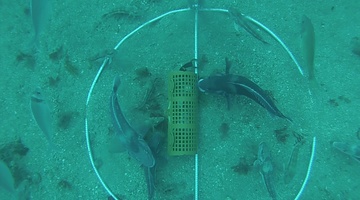
Come and visit Aotearoa New Zealand’s underwater world in this online citizen science project. Discover, count and identify unique fish species that live within our marine reserves ...
READ MORE

Flowers are a common sight in most New Zealand school grounds. They offer a colourful starting point to teach about plant reproduction and adaptation and offer opportunities to extend into ...
READ MORE
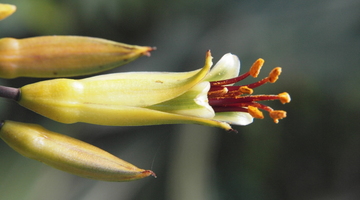
Flowering plants create seeds, which get spread away from the parents and grow into new plants in new places. Pollination has to happen before seeds can be made, so flowers have a range of ways ...
READ MORE
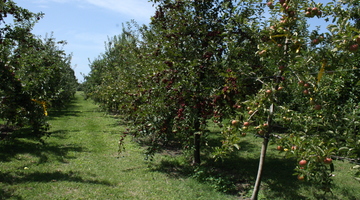
In this unit, students investigate trends and drivers and what may be possible and preferable attributes for new fruit varieties in the future. Purpose To understand the influences currently ...
READ MORE
Dr Mark Goodwin of Plant & Food Research describes the strange system of flowering used by avocados to avoid self-pollination. It involves the flowers changing sex between one day and the ...
READ MORE
See two different methods used to artificially pollinate kiwifruit and learn about them from Dr Mark Goodwin of Plant & Food Research. Dr Paul Martinsen, a research engineer at Plant & ...
READ MORE
Dave Kelly of the University of Canterbury explains abiotic pollination by wind and biotic pollination by animals. He shows the characteristics of bird-pollinated flowers and the birds that carry ...
READ MORE

This timeline follows the discovery of the fungal disease myrtle rust and its spread throughout New Zealand.
READ MORE
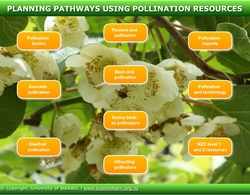
This interactive groups Hub resources into key science and technology concepts. The article Pollination resources provides pedagogical advice and links to the New Zealand Curriculum.
READ MORE

The life cycle of ferns is different from other land plants as both the gametophyte and the sporophyte phases are free living. This interactive illustrates the alternation of generations in ...
READ MORE